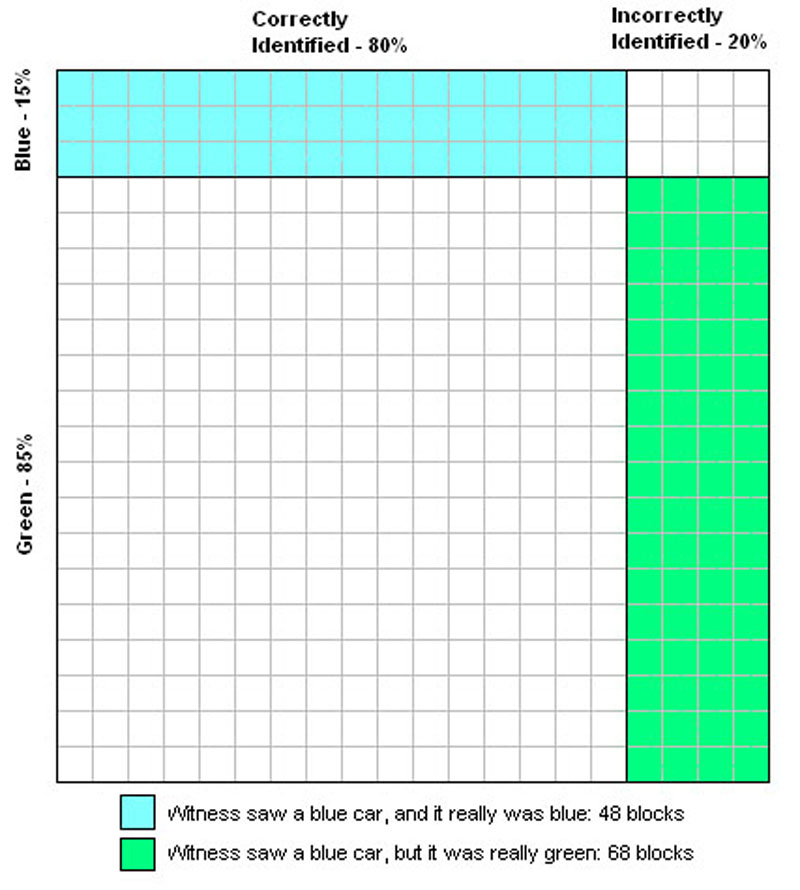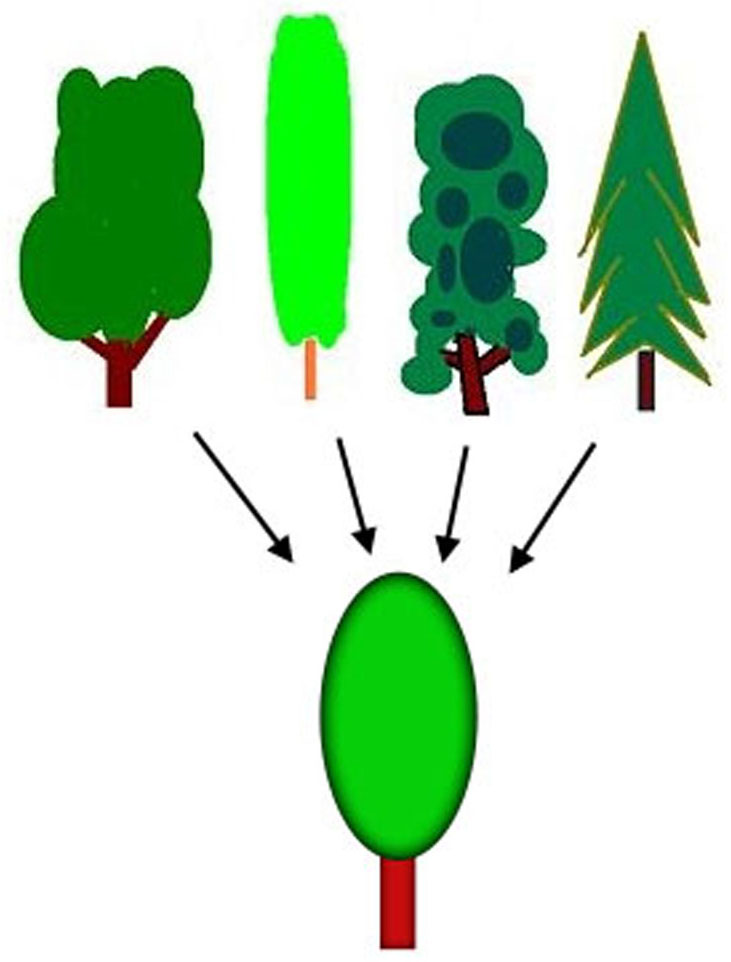Cognitive Economy
- Cognitive miser is an umbrella theory of social cognition that brings together previous research on heuristics and attributional biases. The theory suggests that humans find different ways to save time and effort when negotiating the social world.
- A heuristic is any approach to problem solving, learning, or discovery that employs a practical method not guaranteed to be optimal or perfect, but sufficient for the immediate goals.
- A rule of thumb is an easily learned and easily applied procedure for approximately calculating or recalling some value, or for making some determination.
- The representativeness heuristic is used when making judgments about the probability of an event under uncertainty. It involves assessing similarity of objects and organizing them based around the category prototype.
- Base rate fallacy refers to how the mind tends to focus on information pertaining to a certain case while ignoring how common a characteristic or behavior actually is in the general population.
- The availability heuristic is a mental shortcut that relies on immediate examples that come to a given person's mind when evaluating a specific topic, concept, method or decision.
- Categorization, the act of grouping objects, actions, and characteristics, based on shared properties, is the process by which ideas and objects are recognized, differentiated, and understood.
- A schema describes an organized pattern of thought or behavior that organizes categories of information and the relationships among them. It can also be described as a framework representing some aspect of the world or a system of organizing and perceiving new information.
- The recognition-primed decision model seeks to describe how people make quick, effective decisions. In this model, the decision maker generates a possible course of action, compares to constraints, and selects the first course of action that is not rejected.

A classic demonstration of the problems that can occur through neglect of relevant base rates is the taxi-cab problem. A cab was involved in a hit and run accident at night. Two cab companies, the Green and the Blue, operate in the city. 85% of the cabs in the city are Green and 15% are Blue.
A witness identified the cab as Blue. The court tested the reliability of the witness under the same circumstances that existed on the night of the accident and concluded that the witness correctly identified each one of the two colors 80% of the time and failed 20% of the time.
What is the probability that the cab involved in the accident was Blue rather than Green knowing that this witness identified it as Blue?

When the mind makes a generalization such as the concept of tree, it extracts similarities from numerous examples; the simplification enables higher-level thinking.